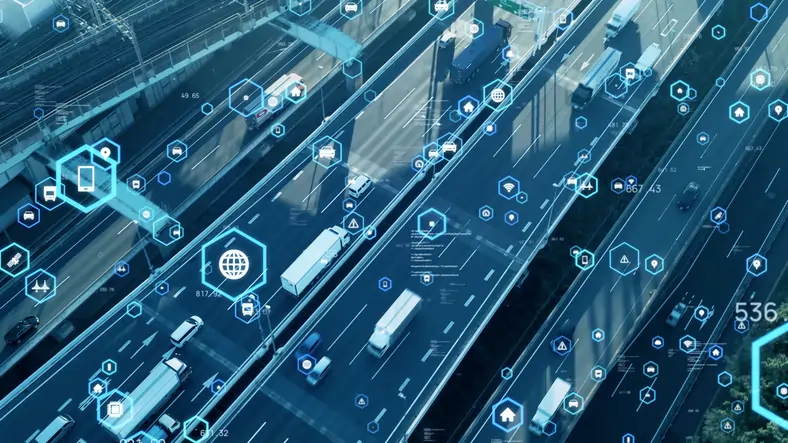
The Future of Autonomous Shipping and Logistics
Introduction:
Autonomous shipping and logistics are poised to revolutionize the way goods are transported around the world. With advancements in technology, including artificial intelligence (AI), robotics, and the Internet of Things (IoT), autonomous systems are becoming more sophisticated and capable of handling complex logistical challenges. In this article, we will delve into the future of autonomous shipping and logistics, exploring the key trends, challenges, and opportunities in this rapidly evolving field.
- Automation in Shipping and Logistics
Automation has already made significant inroads in the shipping and logistics industry, with the adoption of automated warehouses, autonomous vehicles, and drones for last-mile delivery. The next frontier is autonomous ships, which have the potential to reshape the maritime industry by reducing costs, improving efficiency, and enhancing safety.
- Benefits of Autonomous Shipping
Autonomous ships offer several benefits over traditional manned vessels. They can operate around the clock without the need for crew rest, reducing transit times and increasing productivity. Additionally, autonomous ships are safer, as they eliminate the risk of human error and fatigue. Moreover, autonomous shipping can lead to significant cost savings by reducing labor costs and fuel consumption.
- Technological Advancements
Advancements in AI, machine learning, and sensor technologies are driving the development of autonomous shipping systems. AI-powered algorithms can analyze vast amounts of data to optimize routes, avoid obstacles, and make real-time decisions. Sensors, such as LiDAR and radar, enable autonomous ships to detect and respond to their surroundings, ensuring safe navigation.
- Regulatory and Legal Considerations
The widespread adoption of autonomous shipping faces regulatory and legal challenges. International maritime regulations need to be updated to accommodate autonomous vessels, including issues related to liability, insurance, and cybersecurity. Additionally, there are concerns about the impact of autonomous shipping on jobs in the maritime industry and the need for new skills and training for workers.
- Environmental Impact
Autonomous shipping has the potential to reduce the environmental impact of the shipping industry. By optimizing routes and reducing fuel consumption, autonomous ships can lower greenhouse gas emissions and contribute to sustainability efforts. Additionally, autonomous ships can help reduce the risk of oil spills and other environmental accidents.
- Integration with Supply Chain Management
Autonomous shipping is not just about the ships themselves but also about integrating them into a broader supply chain management system. Autonomous ships need to communicate with ports, warehouses, and other logistical hubs to ensure seamless coordination of goods. This requires interoperability standards and systems that can handle the complexities of global supply chains.
- Challenges and Opportunities
While autonomous shipping presents exciting opportunities, there are also challenges that need to be addressed. These include technological challenges, such as ensuring the reliability and safety of autonomous systems, as well as regulatory challenges, such as navigating the complex legal framework governing maritime operations. However, with careful planning and collaboration between industry stakeholders and regulators, the future of autonomous shipping and logistics looks promising.
Conclusion
The future of autonomous shipping and logistics holds tremendous potential for transforming the way goods are transported around the world. By harnessing the power of AI, robotics, and IoT, autonomous systems can enhance efficiency, reduce costs, and improve safety in the shipping industry. While there are challenges to overcome, the opportunities for innovation and growth in autonomous shipping are vast, promising a more sustainable and efficient future for global trade.


